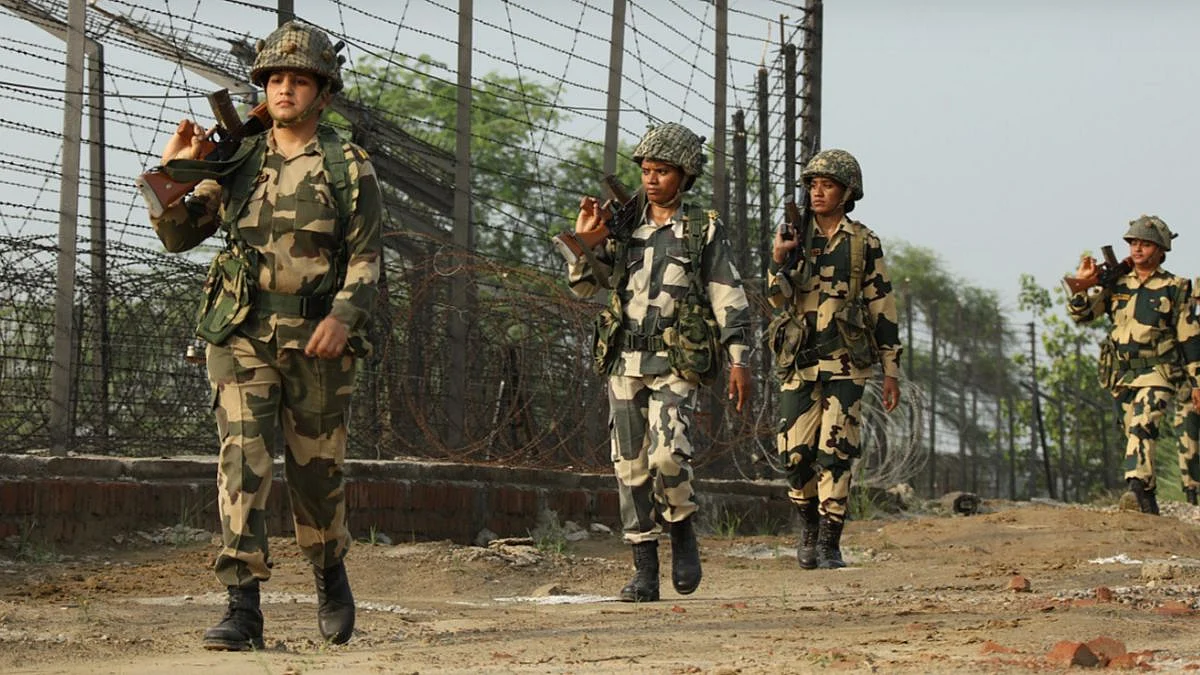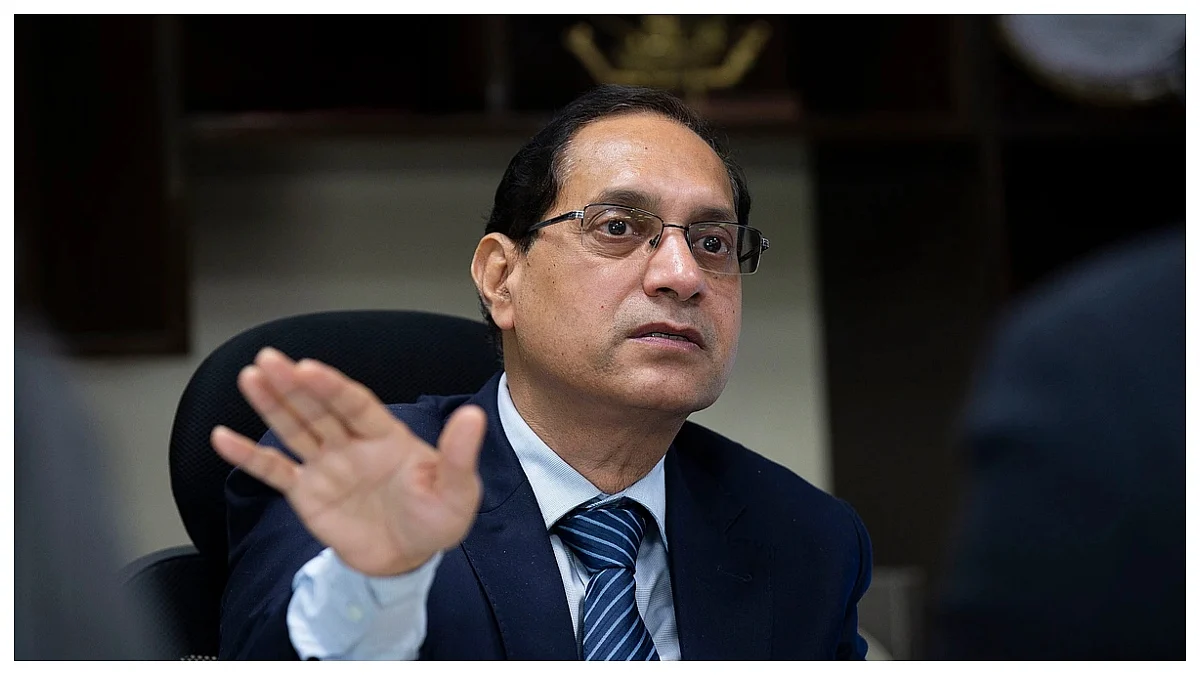It is unfortunate that the Union government and the Supreme Court do not seemingly see eye to eye on filling the vacant posts in various administrative and other tribunals. While the government insists on its right to choose from the list of names finalised by the committees concerned, the apex court does not want the Centre to do any “cherry-picking”.
A little over a month ago, there were 240 vacancies of chairmen and members of various tribunals. The government says it has filled all the vacancies while the court says that it did not follow the rulebook while making the appointments. For instance, the government chose the names of some who were in the waiting list while leaving out those in the main list. Attorney General K K Venugopal has sought to remind the court that the government was within its rights to reject any name.
The government has been given two weeks’ time to resolve the issue to the satisfaction of the court. This gives the Centre an opportunity to assess the ground situation and take steps to fill all the vacancies. Tribunals do not find a mention in the Constitution. In fact, it was as late as in 1976 that the government introduced two Articles, namely 323A and 323B, to the Constitution through the 42nd Constitution Amendment Act.
The primary aim of the amendment was to address the issue of lakhs of cases piling up in various courts. It was felt that there were cases pertaining to subjects like income tax, government service matters and defence practices which only specialist quasi-judicial bodies with technical experts as members could ordinarily handle. It would also reduce the workload of the high courts and the apex court. The situation cannot be said to have improved substantially as latest statistics suggest.
For instance, there were as many as 91,885 cases which had been pending for more than 30 years in various high courts as on June 6, 2021. Similarly, there were 68,898 cases pending in the Supreme Court alone as on May 1, 2021. This is despite the setting up of various tribunals. It is in the interest of justice that the tribunals, the high courts and the apex court should work in full capacity. As the saying goes, justice delayed is justice denied.
For the first time after many years, the vacancies of judges at the Supreme Court have more or less been filled. What is true about the apex court is true about the tribunals also. They need to function at their optimal capacity to ensure that justice is delivered in time. After all, time is of the essence in the justice delivery system anywhere in the world.
Though tribunals take considerable load off the high courts, those manning them do not enjoy the same level of independence that high court and Supreme Court judges enjoy. It is this lacuna which allows the attorney general to argue that the government has the power to pick and choose. Systems, not individuals, are important. The way the names are invited, considered and selected to fill vacant posts in tribunals may have shortcomings that need to be corrected. But once the names are finalised, the list should be considered sacrosanct. One recalls the judicial proposal to have a National Tribunal Commission which would have overreaching powers to control the functioning of all tribunals and to ensure that they are above undue influence from the executive.
Even after 75 years of Independence, India does not have a foolproof system of selection of high court and Supreme Court judges. When some of the Supreme Court judges happen to be sons or daughters of former Supreme Court chief justices and judges, it only highlights the fact that it is from a narrow base of lawyers and judges that they are selected. The selection process does not sync with the diversity of the people. Thankfully, the collegium system, whereby judges select fellow judges without following any standard procedures has, of late, become somewhat transparent.
Now, people know which all names were recommended and why a particular name was not considered etc. However, that is hardly a consolation when the fact remains that while government cherry-picks its nominees for filling vacant posts in tribunals, the judges do the same when they choose judges for high courts and the Supreme Court from the Bar or from the lower judiciary. In both cases, justice is not done to the deserving, who either remain unrecognised or are ignored.










